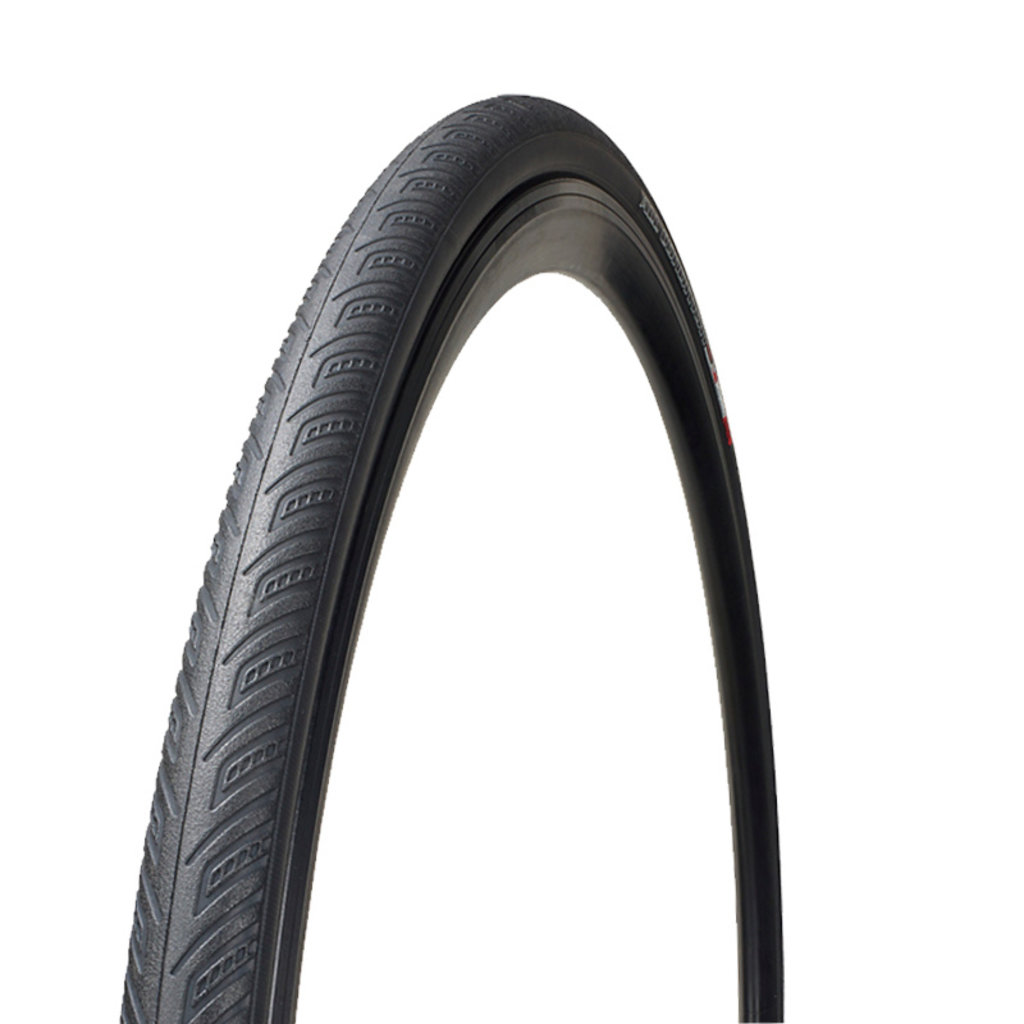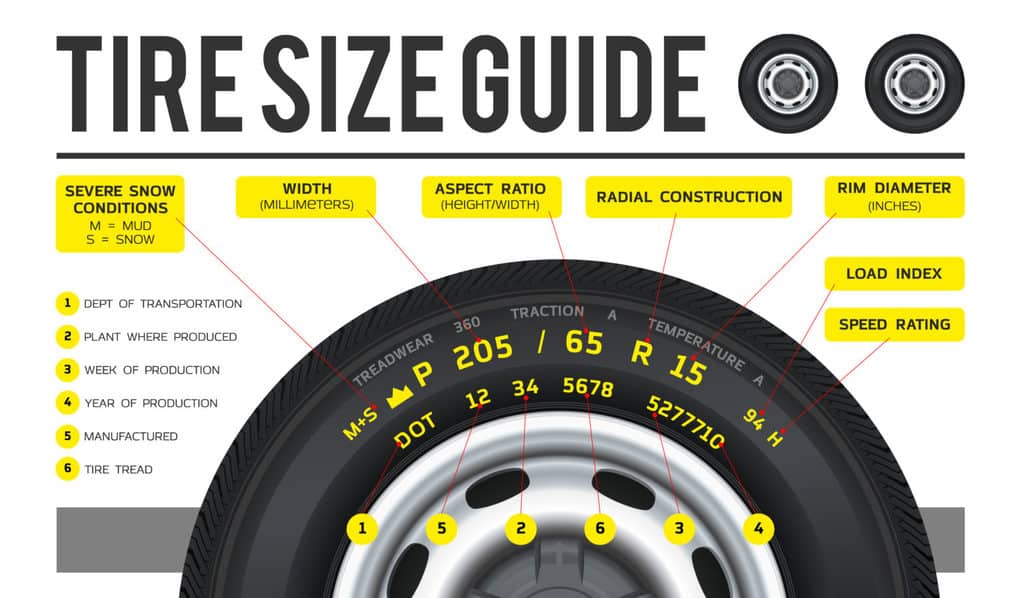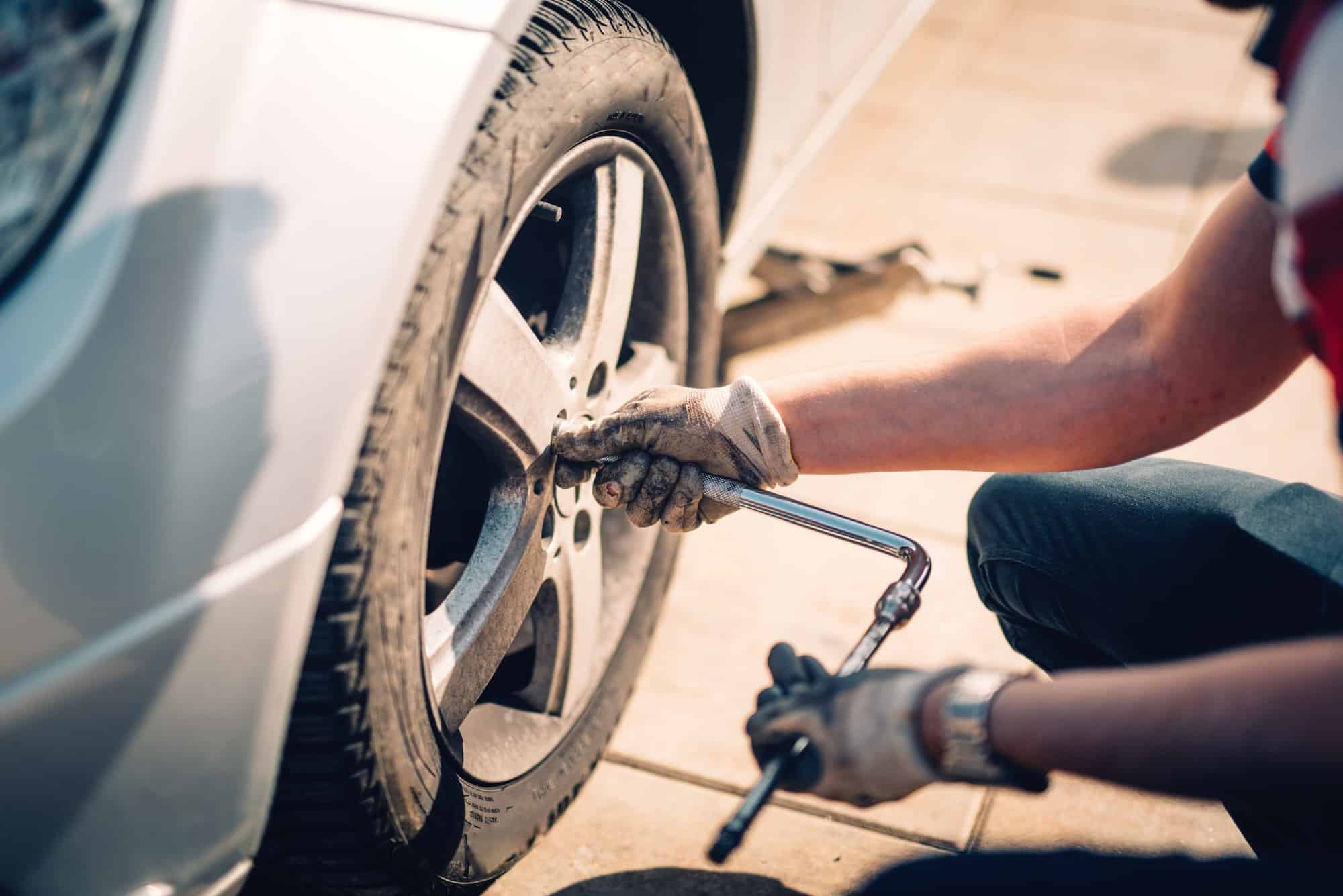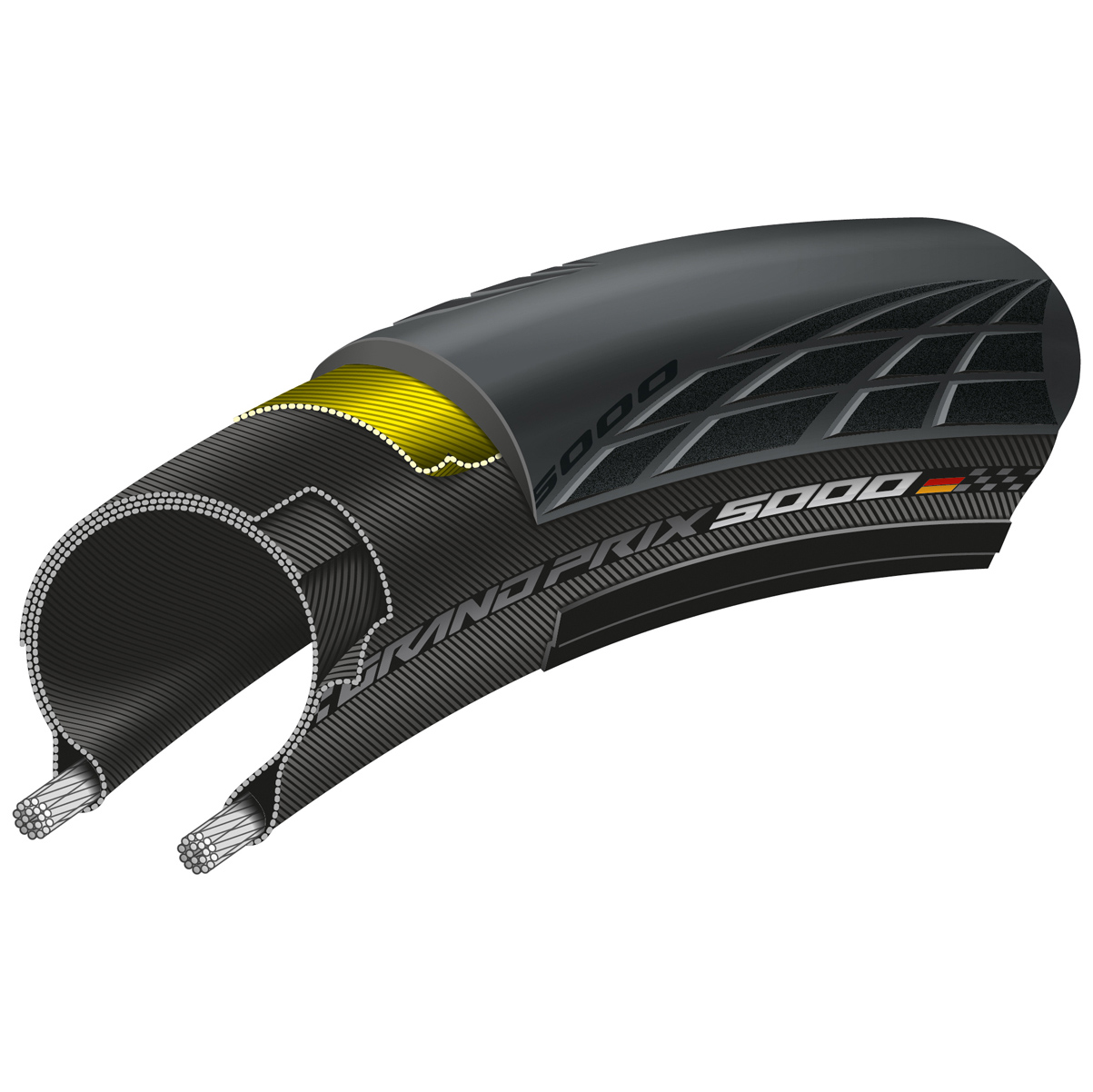The Significance of High-Quality Tires for Road Biking
Road bike tires are a critical component in determining the overall performance, safety, and comfort of your cycling experience. High-quality tires significantly contribute to various aspects of your ride, including grip, speed, durability, and resistance to punctures. Investing in the best tires for a road bike is essential to ensure a smooth, secure, and enjoyable journey. Grip is crucial when navigating sharp turns or wet surfaces, and high-quality tires provide superior grip, enabling cyclists to maintain control and confidence during their rides. Furthermore, the right tires can enhance speed, allowing riders to cover greater distances with less effort.
Durability is another vital aspect of road bike tires. High-quality tires are designed to withstand the rigors of daily use, ensuring a longer lifespan and reducing the need for frequent replacements. By investing in durable tires, cyclists can save money in the long run, as they won’t have to constantly purchase new ones.
Lastly, resistance to punctures is a key feature of road bike tires. High-quality tires are designed to minimize the risk of flats, ensuring that cyclists can enjoy their rides without worrying about unexpected interruptions. By choosing the best tires for a road bike, cyclists can significantly reduce the likelihood of punctures and enjoy a more carefree riding experience.
Understanding Tire Specifications and Features
To make an informed decision when selecting the best tires for a road bike, it’s essential to understand the key components and features that contribute to their overall performance and longevity. These factors include tire width, tread pattern, rubber compound, and casing materials.
Tire Width
Road bike tires come in various widths, typically ranging from 23mm to 32mm. Wider tires generally offer better grip, shock absorption, and comfort, making them suitable for rough terrains or long-distance rides. In contrast, narrower tires provide less rolling resistance and are typically faster, making them ideal for racing or smooth surfaces.
Tread Pattern
Tread patterns on road bike tires vary from slick to semi-slick or even slightly knobby designs. Slick tires offer minimal tread, providing excellent grip on dry surfaces and reduced rolling resistance. Semi-slick tires feature a subtle tread pattern, offering a balance between grip and speed, making them versatile for various terrains. Knobby tires, with more pronounced tread patterns, are designed for off-road use and provide superior traction on loose or uneven surfaces.
Rubber Compound
The rubber compound of a tire significantly impacts its grip, durability, and rolling resistance. Softer compounds generally offer better grip but wear out faster, while harder compounds last longer but may sacrifice grip. Some tires feature dual or multi-compound rubber, combining the benefits of both hard and soft compounds for an optimal balance.
Casing Materials
Casing materials, such as nylon or cotton, contribute to a tire’s overall durability, flexibility, and weight. High-quality casing materials enhance a tire’s performance, puncture resistance, and lifespan. Look for casings with reinforced layers for added durability and protection.
By understanding these essential tire specifications and features, cyclists can make informed decisions when selecting the best tires for a road bike, tailoring their choices to their specific riding style, terrain preferences, and performance goals.
Top Recommended Tires for Road Biking Enthusiasts
When searching for the best tires for a road bike, it’s essential to consider products from reputable brands known for their commitment to quality, innovation, and performance. Here are our top picks:
Continental Grand Prix 5000
The Continental Grand Prix 5000 combines exceptional grip, low rolling resistance, and impressive durability. Its BlackChili compound offers superior traction, while the Vectran breaker provides puncture protection. Ideal for training, racing, and long-distance rides, the Grand Prix 5000 is available in various widths and retails between $70 to $100.
Michelin Power Road
The Michelin Power Road tire boasts an innovative tread design and bi-compound rubber for enhanced grip and speed. Its Aramid Protek+ belt ensures excellent puncture resistance, making it suitable for various terrains. With a price range of $50 to $70, the Michelin Power Road is an affordable yet high-performing option.
Vittoria Corsa G+
The Vittoria Corsa G+ features a unique Graphene 2.0 compound, providing exceptional grip, speed, and durability. Its 320 TPI casing ensures a comfortable ride, while the Corespun K belt offers puncture protection. Priced between $70 to $120, the Corsa G+ is a premium choice for serious cyclists.
Pirelli P Zero Velo
The Pirelli P Zero Velo offers a perfect blend of speed, grip, and durability, thanks to its SmartNET Silica compound and ICS (Ideal Contour Shaping) technology. Its 127 TPI casing ensures a smooth ride, while the Pirelli Safety System (PSS) provides puncture protection. The P Zero Velo retails between $50 to $80, offering excellent value for money.
By considering these top-recommended tires for road bikes, cyclists can find the perfect balance between performance, durability, and cost, ultimately enhancing their cycling experience.
How to Choose the Perfect Tires for Your Road Bike
Selecting the best tires for a road bike involves careful consideration of several factors, including your riding style, terrain preferences, budget, and desired performance characteristics. Follow this step-by-step guide to make an informed decision:
Step 1: Assess Your Riding Style
Determine whether you’re a casual rider, a performance enthusiast, or a competitive racer. Your riding style will influence the type of tire you need, with casual riders prioritizing comfort and durability, while performance enthusiasts and racers focus on speed and grip.
Step 2: Evaluate Your Terrain Preferences
Consider the surfaces you typically ride on. Smooth roads require tires with low rolling resistance, while rough or uneven terrains benefit from wider, more robust tires with better grip and shock absorption.
Step 3: Establish a Budget
Determine how much you’re willing to spend on road bike tires. High-end tires often provide superior performance and durability but come at a premium price. Affordable options may suffice if you’re a casual rider or have budget constraints.
Step 4: Identify Desired Performance Characteristics
Decide which performance aspects are most important to you, such as grip, speed, durability, or puncture resistance. Prioritizing these factors will help you narrow down your options and find the best tires for a road bike that meet your specific needs.
Step 5: Research and Compare Options
Once you’ve identified your preferences, research and compare various tire models from reputable brands. Look for tires with positive reviews, high-quality materials, and features that align with your desired performance characteristics.
Step 6: Make an Informed Decision
With your research complete, select the tires that best meet your requirements and budget. Remember that the best tires for a road bike are those that cater to your unique riding style, terrain preferences, and performance goals.
The Art of Tire Maintenance and Care
Proper maintenance and care are crucial for ensuring the longevity and optimal performance of your road bike tires. By following these best practices, you can extend the lifespan of your tires and enjoy a safer, more comfortable cycling experience:
Proper Inflation
Maintaining the correct tire pressure is essential for ensuring grip, speed, and puncture resistance. Underinflated tires can lead to increased rolling resistance, reduced grip, and a higher risk of punctures. Overinflated tires may result in a harsh ride and a greater susceptibility to damage from impacts. Regularly check your tire pressure and adjust it as needed, using a high-quality tire gauge for accuracy.
Regular Inspections
Inspect your tires for signs of wear, damage, or foreign objects regularly. Remove any debris, such as glass or thorns, embedded in the tire. Check for cuts, abrasions, or bald spots on the tread and sidewalls. If you notice any significant damage, replace the tire promptly to avoid potential accidents or blowouts.
Storage Considerations
Proper storage can help preserve your tires’ condition and extend their lifespan. Store your road bike in a cool, dry place, away from direct sunlight and sources of heat. If you’re storing your bike for an extended period, consider inflating the tires to a higher pressure to prevent flat spots from forming.
Cleaning and Protection
Clean your tires regularly using a mild detergent and warm water. Avoid using harsh chemicals or high-pressure washers, as these can damage the tire’s rubber compound and cause premature wear. After cleaning, apply a tire protectant or conditioner to help preserve the tire’s flexibility and prevent cracking or dry rot.
By incorporating these tire maintenance and care best practices into your routine, you can ensure the best tires for a road bike perform at their peak, providing you with a safe, comfortable, and enjoyable cycling experience.
Comparing Premium Tires with Budget-Friendly Alternatives
When searching for the best tires for a road bike, it’s essential to weigh the trade-offs between cost, performance, and durability. High-end tires often provide superior performance and longevity but come at a premium price. Affordable options may suffice if you’re a casual rider or have budget constraints.
Premium Tires
Premium road bike tires typically feature advanced rubber compounds, casing materials, and tread patterns, designed to optimize grip, speed, and puncture resistance. These tires often provide better overall performance and durability compared to budget-friendly alternatives. However, they can cost two to three times more, making them a significant investment for many cyclists.
Budget-Friendly Tires
Budget-friendly road bike tires often use less advanced rubber compounds and casing materials, resulting in slightly inferior performance and durability compared to premium options. However, they still offer acceptable grip, speed, and puncture resistance for casual riders or those on a tight budget. These tires typically cost 40% to 60% less than premium models, making them an attractive option for budget-conscious cyclists.
When to Invest in Premium Tires
Investing in premium tires is worthwhile for serious cyclists, performance enthusiasts, or competitive racers who demand the best possible performance and durability from their tires. Premium tires are also recommended for long-distance riders, as their superior longevity and puncture resistance can save money in the long run.
When Budget-Friendly Tires Might Suffice
Budget-friendly tires are suitable for casual riders, beginners, or those on a tight budget who prioritize value over ultimate performance. They’re also a good option for infrequent riders or those who only use their road bikes for short commutes or recreational rides.
Ultimately, the choice between premium and budget-friendly tires depends on your individual needs, preferences, and budget. By understanding the trade-offs between cost, performance, and durability, you can make an informed decision and find the best tires for a road bike that meet your specific requirements.
Navigating the Market: Online vs. Brick-and-Mortar Shopping
When searching for the best tires for a road bike, you have two primary shopping channels to consider: online platforms and brick-and-mortar stores. Each option has its advantages and disadvantages, and understanding these can help you make an informed decision and ensure customer satisfaction.
Online Shopping
Online shopping offers a wide range of tire options, often from various brands and retailers. This vast selection allows you to compare prices, features, and customer reviews easily. Additionally, online platforms may offer discounts, promotions, or free shipping, making them an attractive option for budget-conscious cyclists.
However, online shopping can be challenging when it comes to assessing tire quality, as you can’t physically inspect the product before purchasing. To mitigate this issue, read customer reviews, check manufacturer specifications, and ensure the retailer has a clear return policy in case of defects or dissatisfaction.
Brick-and-Mortar Shopping
Brick-and-mortar stores provide the opportunity to inspect tires in person, assessing their quality, construction, and tread patterns. This hands-on approach can help you make a more informed decision, and store employees can offer expert advice and recommendations based on your specific needs and preferences.
On the downside, brick-and-mortar stores may have a more limited selection of tires, and prices can be higher due to overhead costs. Additionally, you may need to visit multiple stores to compare prices and find the best deal.
Tips for Informed Decisions
Regardless of the shopping channel, consider these tips to make informed decisions:
- Research tire options, brands, and features before making a purchase.
- Compare prices from multiple sources to ensure you’re getting the best deal.
- Check customer reviews and manufacturer specifications for insight into tire quality and performance.
- Ensure the retailer has a clear return policy in case of defects or dissatisfaction.
- Consider the total cost, including shipping fees, taxes, and any additional charges.
By carefully evaluating your options and understanding the advantages and disadvantages of online and brick-and-mortar shopping, you can confidently choose the best tires for a road bike that meet your needs and preferences.
Staying Abreast of Industry Developments and Innovations
The road bike tire industry is constantly evolving, with new technologies and innovations emerging to enhance performance, safety, and sustainability. Keeping up-to-date with these advancements can help you make informed decisions and improve your road biking experience.
Tubeless Systems
Tubeless road bike tires have gained popularity in recent years due to their improved puncture resistance, lower rolling resistance, and increased grip. By eliminating the inner tube, tubeless tires reduce the risk of pinch flats and allow for lower tire pressures, enhancing comfort and traction.
Smart Tires
Smart tires are a cutting-edge innovation, featuring built-in sensors that monitor factors such as tire pressure, temperature, and wear. These smart tires can communicate with cycling computers or smartphones, providing real-time data and alerts to help riders maintain optimal tire performance and safety.
Eco-Friendly Materials
Environmentally-friendly materials are becoming increasingly popular in the road bike tire industry, with manufacturers focusing on reducing the environmental impact of tire production. Sustainable materials, such as natural rubber and recycled plastics, offer a greener alternative without compromising performance or durability.
Continuous Learning and Adaptation
Staying informed about industry developments and innovations is crucial for making the most of your road biking experience. By keeping up-to-date with the latest trends and advancements, you can adapt your tire choices and maintenance practices to take advantage of new technologies and ensure optimal performance, safety, and sustainability.
Incorporating these innovative concepts into your road biking journey can help you stay ahead of the curve and enjoy the best possible experience. By embracing new technologies and materials, you can enhance your cycling performance, safety, and environmental consciousness.







